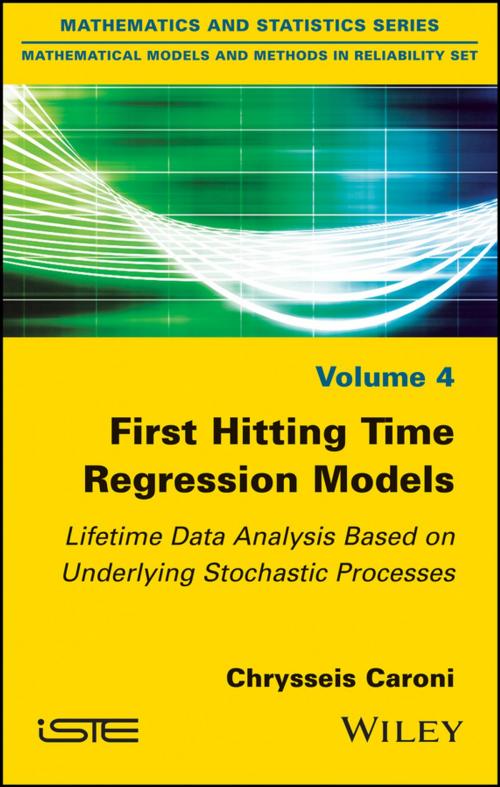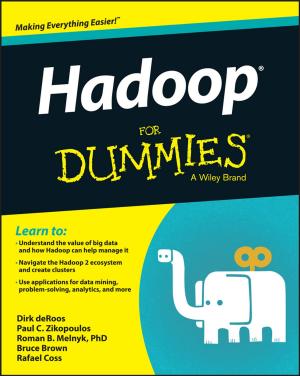First Hitting Time Regression Models
Lifetime Data Analysis Based on Underlying Stochastic Processes
Nonfiction, Science & Nature, Mathematics, Mathematical Analysis| Author: | Chrysseis Caroni | ISBN: | 9781119437222 |
| Publisher: | Wiley | Publication: | July 17, 2017 |
| Imprint: | Wiley-ISTE | Language: | English |
| Author: | Chrysseis Caroni |
| ISBN: | 9781119437222 |
| Publisher: | Wiley |
| Publication: | July 17, 2017 |
| Imprint: | Wiley-ISTE |
| Language: | English |
This book aims to promote regression methods for analyzing lifetime (or time-to-event) data that are based on a representation of the underlying process, and are therefore likely to offer greater scientific insight compared to purely empirical methods.
In contrast to the rich statistical literature, the regression methods actually employed in lifetime data analysis are limited, particularly in the biomedical field where D. R. Cox’s famous semi-parametric proportional hazards model predominates. Practitioners should become familiar with more flexible models. The first hitting time regression models (or threshold regression) presented here represent observed events as the outcome of an underlying stochastic process. One example is death occurring when the patient’s health status falls to zero, but the idea has wide applicability – in biology, engineering, banking and finance, and elsewhere. The central topic is the model based on an underlying Wiener process, leading to lifetimes following the inverse Gaussian distribution. Introducing time-varying covariates and many other extensions are considered. Various applications are presented in detail.
This book aims to promote regression methods for analyzing lifetime (or time-to-event) data that are based on a representation of the underlying process, and are therefore likely to offer greater scientific insight compared to purely empirical methods.
In contrast to the rich statistical literature, the regression methods actually employed in lifetime data analysis are limited, particularly in the biomedical field where D. R. Cox’s famous semi-parametric proportional hazards model predominates. Practitioners should become familiar with more flexible models. The first hitting time regression models (or threshold regression) presented here represent observed events as the outcome of an underlying stochastic process. One example is death occurring when the patient’s health status falls to zero, but the idea has wide applicability – in biology, engineering, banking and finance, and elsewhere. The central topic is the model based on an underlying Wiener process, leading to lifetimes following the inverse Gaussian distribution. Introducing time-varying covariates and many other extensions are considered. Various applications are presented in detail.















